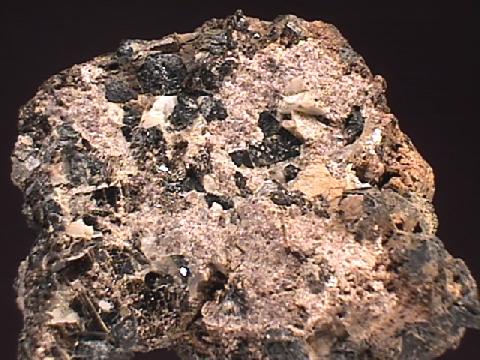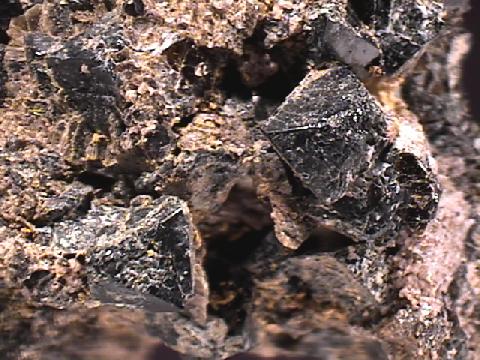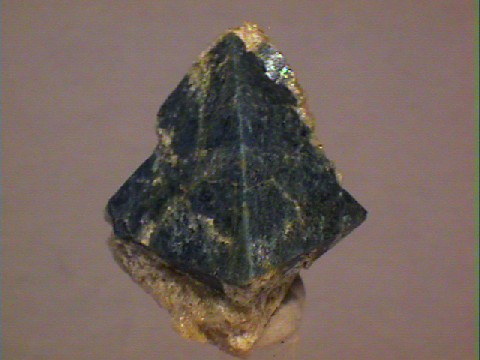 THE
MINERAL GAHNITE
THE
MINERAL GAHNITE
- Chemistry: ZnAl2O4 , Zinc Aluminum Oxide
- Class: Oxides
- Group: Spinel
- Uses: Only as a mineral specimens.
Specimens
Gahnite is one of the rarer members of the Spinel Group of minerals, an important group of oxides. It is named after Swedish chemist L. G. Gahn, who discovered manganese. Gahnite forms in some granitic pegmatites, zinc deposits and in skarns, a special type of contact metamorphic rock.
Gahnite produces crystals showing well formed octahedrons. The crystals may show a type of twinning called the Spinel Twin Law. It is common among members of the spinel group and is made famous by it namesake member, spinel.
This type of twinning produces a twin plane that is parallel to one of the octahedral faces. The plane acts as a mirror plane and produces a left and right side that are mirror images of each other. This may not sound all that spectacular for a very symmetrical mineral like spinel which is loaded with mirror planes. However this mirror plane is not parallel to any of the others and lowers the outward symmetry of the crystal. The crystal will now have a trigonal appearance with a flat triangular top and bottom.
PHYSICAL CHARACTERISTICS:
- Color is commonly green but also known to be blue, yellow, brown or gray.
- Luster is vitreous.
- Transparency: Crystals are generally just translucent to almost opaque, but some slightly transparent specimens are known.
- Crystal System: Isometric; 4/m bar 3 2/m
- Crystal Habits include the typical octahedron, but can be found as dodecahedrons and cubes. Octahedrons may be truncated by dodecahedral faces and commonly show striations parallel to the octahedron-dodecahedron boundary. Twinning by the Spinel Twin Law can produce trigonal appearing crystals with three reentrant angles on the sides of the crystal.
- Cleavage: None
- Fracture is conchoidal.
- Hardness is 7.5 - 8.0
- Specific Gravity is 4.55 - 4.60
- Streak is gray.
- Associated Minerals include calcite, spinel, franklinite and several types of garnets.
- Notable Occurrences include Rowe and Charlemont, Massachusetts; Spruce Pine, North Carolina; White Picacho district, Arizona; Topsham, Maine and Franklin New Jersey, USA and Falun, Sweden.
- Best Field Indicators are crystal habit, color, hardness, density and locality.





